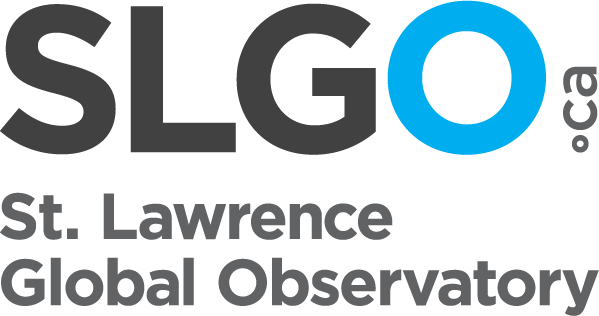Model output data
Web application algue toxique
Context
Toxic algal blooms can result in significant socioeconomic consequences for affected regions. The increased risk of marine predator mortality (Starr et al., 2017) and preventative closures of shellfish farming sites can severely affect human populations in these regions. Yet, the frequency and geographic extent of toxic algae appear to be changing in several world regions (Gobler, 2020). Climate change is thought to be partly responsible for the perceived increase, and several studies show that toxic algae are sensitive to precipitation and runoff, as well as oceanographic conditions such as salinity and water temperature (Weise et al., 2002; Fauchot et al., 2005; Starr et al., 2017).
In this context, a research program aimed at developing empirical models to predict toxic algal blooms was initiated at the Maurice Lamontagne Institute (Fisheries and Oceans Canada), under the supervision of Michel Starr (Ph.D.), Joël Chassé (Ph.D.), Aude Boivin-Rioux (MSc) and Denis Lefaivre (Ph.D.).
Data produced
The first output of the program is the bloom risk prediction model of the toxic alga Alexandrium catenella. The predictions are updated every six hours and allow to visualize the bloom risk for the next 48 hours. The results of the model are available:
- On ERDDAP
- a gridded time series of the bloom risks for the next 24 hours after the forecast time emitted every 6 hours since May 2022
- a gridded time series of the bloom risks 25 to 48 hours after the forecast time emitted every 6 hours since May 2022
- a time series of the bloom risks for the next 24 hours spatially averaged by selected regions and emitted every 6 hours since May 2022
- On the web application algue-toxique, temporal series of prediction for the selected region(s) and the prediction map from 1-24h and 25-48h.
Forecasts from this first operational Canadian Alexandrium model are made available to federal and provincial government regulatory agencies (e.g. Fisheries and Oceans Canada, Canadian Food Inspection Agency, Ministry of Agriculture, Fisheries and Food), as well as to the aquaculture industry, municipalities, and local populations that depend primarily on marine resources for their livelihood.
Method used
An extensive analysis of data collected between 1994 and 2017 on the east coast of the Atlantic by Fisheries and Oceans Canada's harmful algae monitoring program was conducted to develop the empirical A. catenella prediction model (Generalized additive mixed model - GAMM) of the probability of A. catenella blooms based on oceanographic conditions. The model is described in more detail in Boivin-Rioux et al. (2021) and in the data dictionary. This model was then coupled to Environment and Climate Change's operational weather and ocean forecasting system for eastern Canada (CIOPS-E) to produce maps of A. catenella bloom occurrence risk 0 to 48 hours in advance, on a scale from 0 (least probable) to 100 (most probable). The model uses sea surface temperature and sea surface salinity data to produce forecasts. Summary statistics for historical forecasts for daily, weekly and monthly periods are also available.


